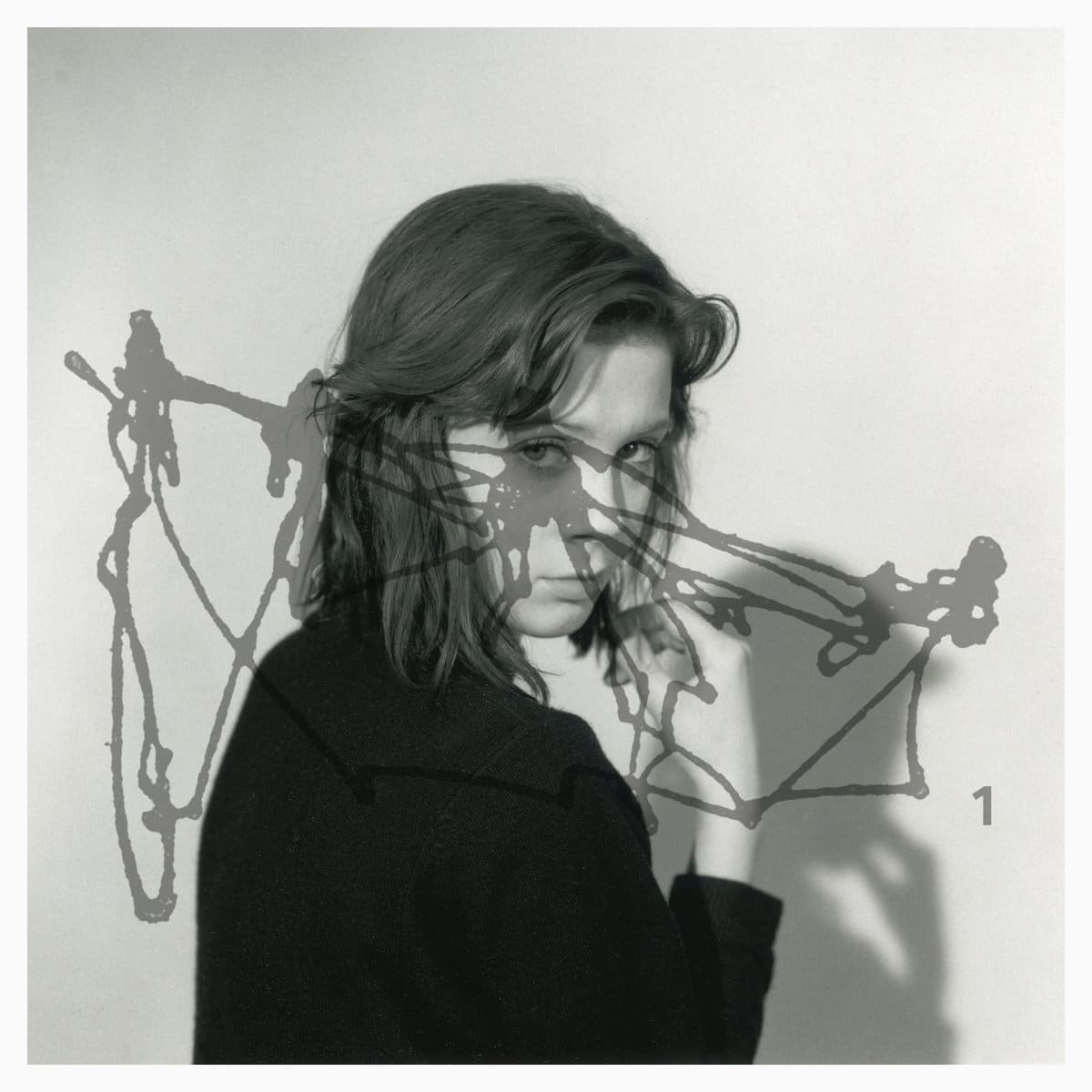When Are We Not Who We Are? Dalhous – “The Composite Moods Vol. 1: House Number 44”
Much has been made, of late, as to the malleable, fluid nature of identity. Daily, we discuss the ramifications of systemic bias; of The Other and our reluctance towards, or embracing of, another point of view.
The boundaries of “the self” are not concrete – we are not walled off like some isolationist state. We are open, porous, to all manner of environmental stimuli. We are what we eat, so to speak.
So what effect does the environment have on us? What influence, other people? And what happens when that influence goes sour?
The Composite Moods Vol. 1: House Number 44 is an exploration of interacting psyches, from London’s Dalhous, on the ever exquisite Blackest Ever Black. The Composite Moods volume 1 posits some hypothetical house, House Number 44, occupied by two random personalities on the hinterlands of society. One of the roommates views themselves as perfectly fine and healthy – a sane, well-adjusted human being. The other is seemingly a mess, “detached, isolated, often feeling helpless and unable to influence the world around them; at other times prone to committing acts of extraordinary aggression and manipulation,” to quote the liner notes.

House Number 44 explores the interaction between these two individuals, these two polarities of psychology, with a language of industrial, gothic synthesizers, organs, early analog electronics and cavernous, vaulted beats to simulate both the malaise and moments of awe these interactions can bring. Synths are burning, blurry, degraded, as if they were coated in lighter fluid, mid-air, and set afire to burn. The beats sound as if they’re emanating from deep within the earth, like they’re coming out of the bilge room from Crimson Peak. The feeling of unease is further amplified by ghostly, treated human vocals, high and ethereal, sometimes whispering, sometimes wailing, sometimes becoming an angelic choir.
All of which are frequently found on the soundtracks for horror films, most notably the shrieking chaos of Penderecki’s “Threnody To The Victims Of Hiroshima,” from “The Shining”, or the whispering, witchy incantations of “Goblin for Suspiria.” The horror cue is apt, as The Composite Moods Vol. 1 is partially intended as film or library music – music to fit the mood. Dalhous wonder if one unanimous mood is ever possible, or if it is always a battle of influences fighting it out in our psyches, in the spaces we occupy, the air we walk through. “An illness that underpins and sabotages every thought,” as Dalhous’ Marc Dall put it.
The Composite Moods Vol. 1 is also, tangentially, a comment on an artists depiction, creating a soundtrack for the exterior, but ultimately unaware of what is going on inside each of the subjects of House Number 44. No matter how frustrating it might be, we’re always left guessing, at the end of the day, what’s going on inside another living (or inanimate) object.
This level of heavy intellectual discourse is not uncommon Dalhous, who have recently completed a triptych to the psychologist R. D. Laing. Dalhous have stated that they may have completed their official analysis of Laing, but his influence still hangs heavily over their work, which remains indebted to the exploration of identity, behavioral modification, and self-help.
If Dalhous’ music is rooted in clinical psychology, it sounds anything but clinical. Instead, it comes across as somewhere between a ’70s horror/SF psychodrama soundtrack, the most kickass New Age meditation cassette you’ve ever heard, and deconstructed, haunted Big Room Techno. Dalhous are mining similar sonic coal as labelmates Regis or Raime, and fans of either need to snatch this, post-haste, as well as any fans of nocturnal dance/club music.
Dalhous urge us to investigate how well we really know ourselves. How open we are to suggestion, and is this a good or bad thing. In the case of House Number 44, there is a sickly malevolence at play in the central ventilation. When we breathe in toxicity, we become toxic ourselves, or else have to purge somehow. It raises an interesting question/observation about what we take in and surround ourselves with. It’s easy to be angry and bitter about the world around us – to join the angry frothing mob, and cast judgement without thinking. It’s easy to feel self-righteous and superior. It’s harder to feel uncomfortable, to ask uncomfortable questions and, Goddess forbid, actually change our minds or amend our behavior.
The Composite Moods Vol. 1: House Number 44 is a prime example of how instrumental, experimental electronic music is exceptional at detailing interior states; at depicting unknown worlds, new ideas, and making them familiar.